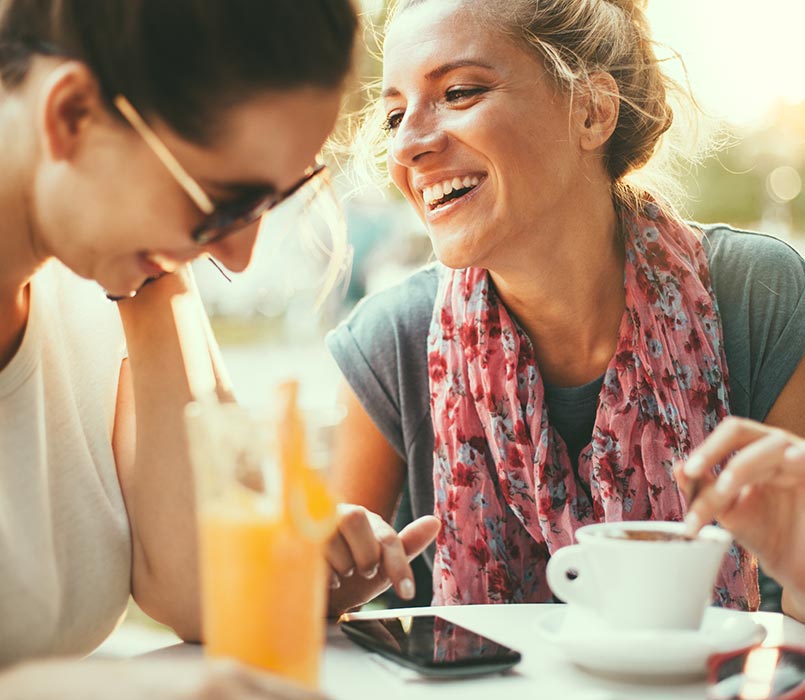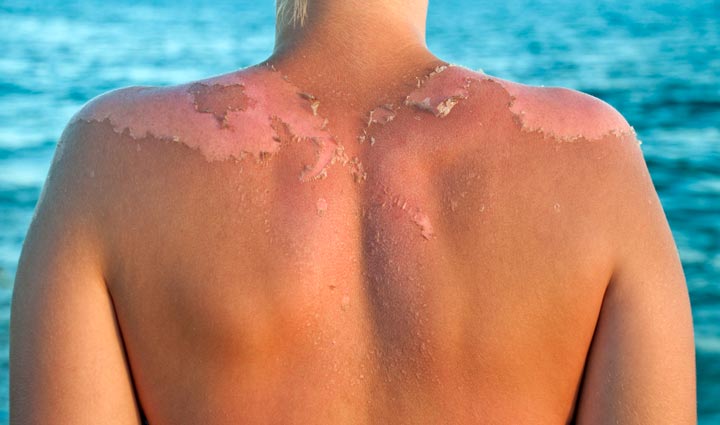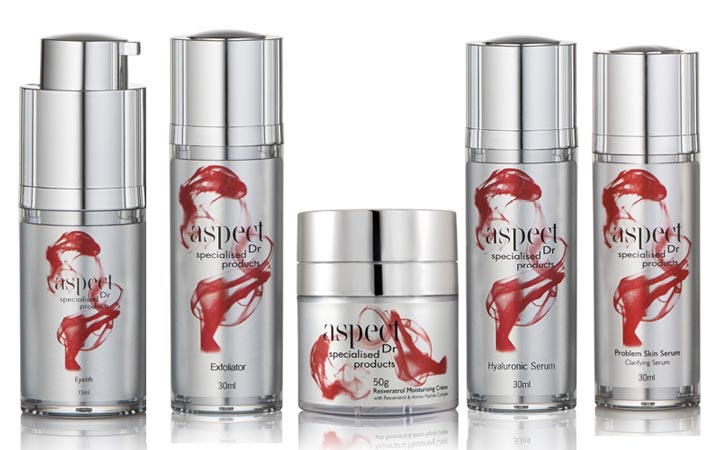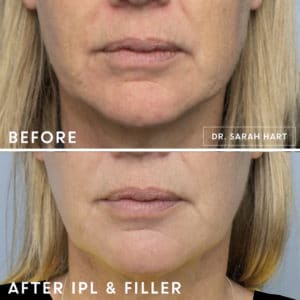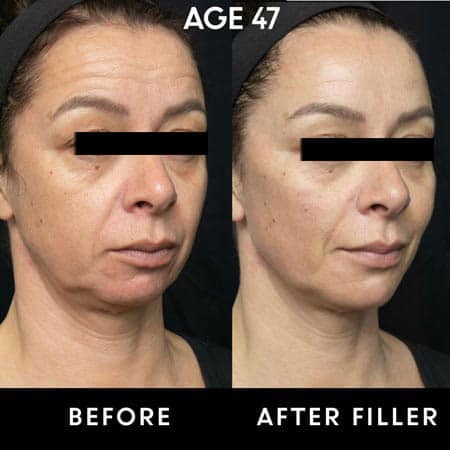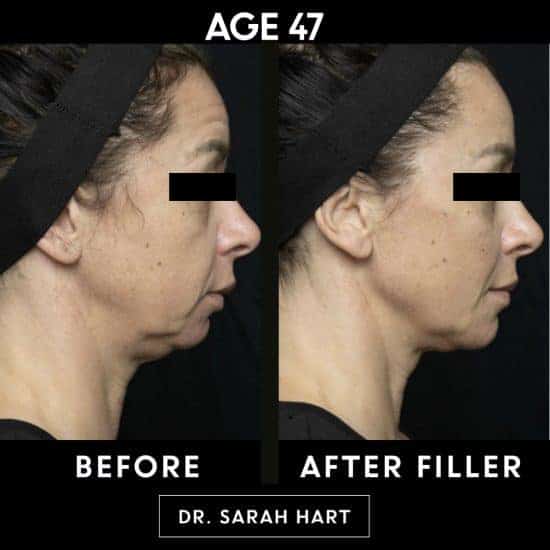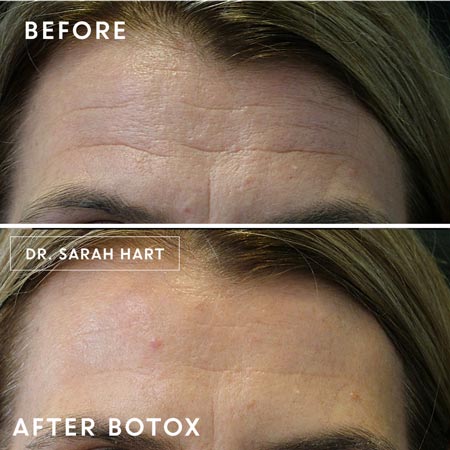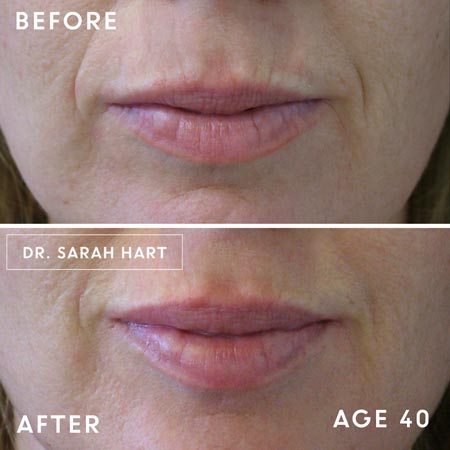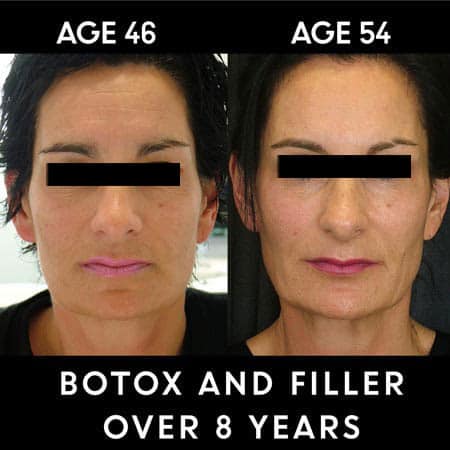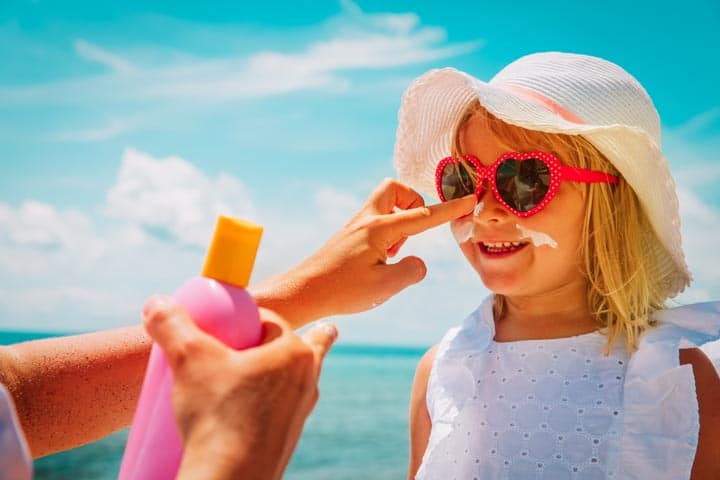My top five treatments for New Zealand women’s skin
New Zealand women’s skin has been a topic of conversation everywhere during my years as a cosmetic doctor. I have listened to thousands of women talk about their faces and I have learned that you are not scared of ageing – rather, you are proud of your life journey.
However, you also want to make your own decisions about how your skin will look as you get older. And why not!
When it comes to cosmetic treatments, many of you will have seen poor results in the gossip magazines, and this has resulted in many people becoming nervous about ending up with sausage lips or a face that won’t move.
If you choose to have treatment, many of you would prefer not to advertise the fact. You are happy for people to notice you look better, but you don’t want anyone to suspect you’ve had anything done.
The goal is to look like you have had a good holiday, not like a totally different person.
You want results, you want it to be convenient, and you want to look natural.
New Zealand is a harsh environment for skin
Recent studies by Australian dermatologist Dr Greg Goodman show that wrinkles and sagging can appear 20 years earlier in women in the Southern hemisphere, compared to our Northern sisters. Our exceptionally strong UV levels and outdoor lifestyle are likely to blame. This sun damage accelerates signs of ageing like wrinkles, rough, dull skin, brown spots, red veins and sagging. Not what a naughty ex-sunbed user like myself wants to hear!
What options do you have to correct ageing changes?
There’s so much more available these days than my grandmother’s skincare routine of Pond’s cream. The smell brings back vivid memories of watching her apply it as she sat at her dressing table. She’d explain it got rid of wrinkles and I would cheekily tell her it wasn’t working!
Today, we’re lucky to have a huge range of treatments that can noticeably improve our skin in easy 30 to 60-minute appointments without much downtime.
But how to choose? What’s worth it and what’s not? To help you decide, I’ve put together my top five treatments for Kiwi women.
Medical-grade skincare
I believe every Kiwi over 30 should be on a retinoid. Retinoids are derived from Vitamin A and truly make your skin cells behave as if they are younger.
Retinoids boost collagen levels, reduce brown pigment and give a dewy glow. They are one of the few skincare ingredients that can actually reverse signs of sun damage seen under the microscope and treating sun damage is crucial for New Zealanders.
If you have tried using retinoids and developed red, flaky skin, that’s a sign you need your skin barrier restored first. This was my experience. My whole face puffed up after trying the strong prescription-only version of Vitamin A called tretinoin. I didn’t go near it again for years. But after a special skin-barrier restoring skincare regime of Vitamin B and hyaluranon, I can now use it without any reaction. I’m thrilled to be able to access its awesome anti-ageing benefits.
Vitamin B and hyaluronan are great for gently replenishing your barrier and can be life-changing ingredients for people with sensitive skin, like me. Once the skin barrier is repaired, we can gradually add high concentrations of active anti-ageing ingredients like retinoids, vitamins and growth factors.
I’m not surprised to see many women are sceptical (and quite rightly) about skin cream claims. I’ve seen advertisements falsely claiming how creams will reduce sagging. This isn’t possible, as sagging is due to shrinkage of muscle, fat and bone-deep under the skin, where creams can’t reach.
We Kiwis don’t like false promises.
Realistically, what medical-grade skincare can do is give your skin a dewy glow, a smoother feel and fade brown pigment. You need a high concentration of active ingredients for this to happen, and it takes at least six months.
Doctor-only creams have a greater chance of success, as they have a higher concentration of active ingredients than most creams sold at a pharmacy or beauty counter.
Resurfacing for skin colour and texture
Resurfacing treatments can improve your skin colour and texture more than skin creams. They reduce brown age spots, red veins, acne scarring and signs of sun damage and give women’s skin a healthier, fresher look.
I find many New Zealanders need to progress to this step because of the effects of sun exposure over many years.
Results after filler botulinum and IPL
There are many options such as peels, IPL, micro-needling, PRP (Platelet Rich Plasma), and fractional and ablative lasers.
Resurfacing procedures create tiny, precisely controlled damage to your skin, re-awakening your collagen-producing systems. This leads to higher collagen levels in your skin, which is very beneficial for Kiwis, as sun exposure reduces our collagen.
Some of my patients have regular treatments before ageing changes are severe, to “bank” collagen in their skin, like saving up for a rainy day.
Gentle treatments like peels give subtle, temporary results, while the strongest treatments like the ablative CO2 laser deliver dramatic, permanent changes.
The right resurfacing procedure for you depends on your goals and skin type and how much downtime you can afford. Generally, a gentler treatment has fewer side effects and quicker recovery but less dramatic results, so you might do a course rather than a single treatment.
Injectable moisturisers for hydration
Tiny droplets of hyaluronan can be injected into the top layer of your skin by hand or using a gun, increasing hydration and cell density and boosting collagen production.
Available in Europe and South Korea for years, these treatments are now available in New Zealand and proving particularly valuable to improve the texture of sun-damaged skin. They may provide temporary extra protection from UV damage.
My patients report their skin feels more hydrated and plumper after these intense nourishing treatments.
Dermal fillers for sagging and contour
Fillers like Juvederm and Restylane change the shape and contour of your face and, apart from surgery, are the best way to reduce sag and a tired appearance.
When you reach your 40s, ageing changes to facial fat and bone can cause saggy jowls, a down-turned mouth and tired shadows under our eyes. Placing small amounts of filler at key points, especially in unexpected places like in front of the ears, supports the areas losing volume. This gives your face a happier, fresher look without the “I’ve had my cheeks plumped” image. This is very important to New Zealand women, as looking natural is a very high priority for us.
Of the many skills my job requires, using filler is the one I have spent the most time perfecting. There is a strong artistic aspect, rather like sculpting, which takes time and finesse to accomplish.
Botox for wrinkles
There is nothing like a bit of Botox as the ideal wrinkle buster. After more than 20 years of use, it remains unparalleled for improving frown lines, forehead lines and crow’s feet. Used “off-label” it can also lift the corners of the mouth, tighten the jawline, or smooth the chin.
But many people dislike the lack of movement resulting from a strong treatment.
I agree – I prefer Botox “sprinkles”, scattering tiny doses over your face, gently persuading muscles to subtly release their grip. This eases negative expressions while retaining your face’s natural warmth and animation. You can still lift your brows to say a silent Kiwi hello.
Facial balance is important
Ensuring your facial features are harmonious is crucial to keeping you looking natural.
Improving one feature of the face too much, while neglecting others, means our primitive brain can perceive a face as “wrong”.
When I give you a treatment, I am constantly checking that the improvements I make harmonise with the rest of your face. I might leave some lines on your face to ensure you look completely natural, but still recognisably better.
The slow approach
Most Kiwis prefer it when I deliver treatments over a period of months or years. You get better results with fewer side effects, and it is easier on the budget.
What’s more, a gradual improvement is less obvious to friends and family. That’s important, as although we’re getting more relaxed about revealing we’ve actually had treatment, most New Zealanders still prefer to be discreet.
Many of my long-term patients magically look the same at 50 as they did at 40, thanks to regular, subtle adjustments, rather than major facial-lift surgery.
Finally – please wear your sunscreen
I hear a lot about starting Botox early for prevention, but I believe the number one way to prevent yourself from needing my services too early is to protect yourself from the sun.
You know how to do it:
-
- wear a hat and sunglasses
- get into the habit of wearing a zinc-based sunscreen like Dermquest every day on your face
- slop on a thicker sunscreen like Invisible Zinc everywhere if you’re outdoors
- and get under shade whenever you can
If you would like a personalised one-to-one talk about which of these treatments might suit your skin, please make an appointment for a consultation here.


